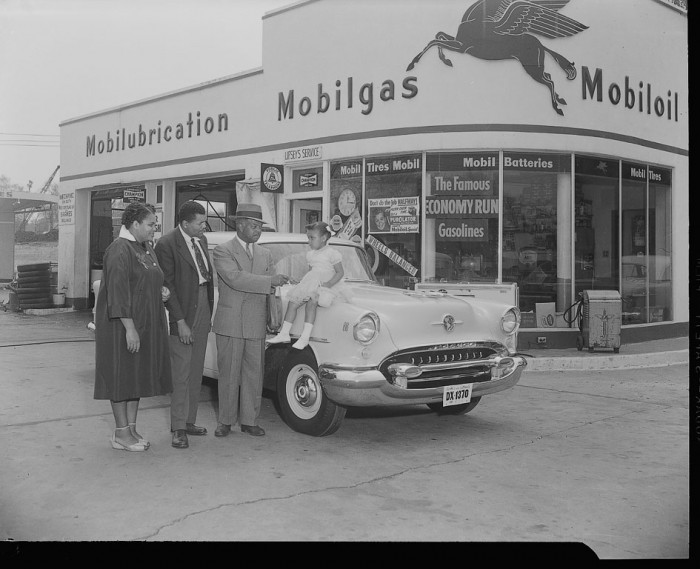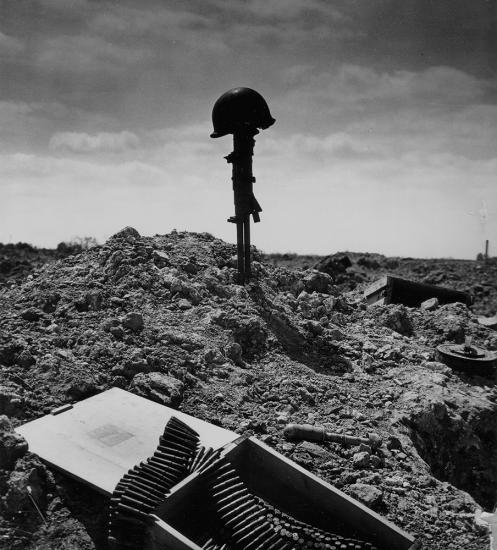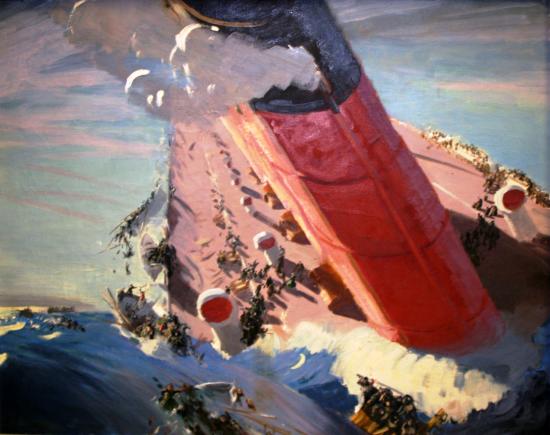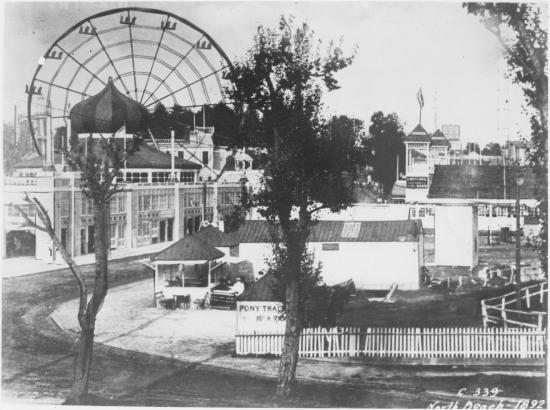Making history: 2015’s top ten blog posts
Erin Blasco takes a look back at readers’ favorite blog posts from the American History Museum’s blog, O Say Can You See? and offers a few of her own.
1. An atlas of self-reliance: The Negro Motorist’s Green Book
Read over 18,800 times, this post explored the dark side of the all-American road trip during the Jim Crow era. African American families on vacation had to be ready for any circumstance, should they be denied lodging or a meal in a restaurant. The Negro Motorist’s Green Book helped “black motorists travel safely across a landscape partitioned by segregation and scarred by lynching,” as guest blogger Jay Driskell put it.

In an interview with travel historian Gretchen Sorin, Spencer crew recalled traveling in his parents’ car in the 1950s: “That big old car was like a cocoon,” he remembered. “We didn’t know anything except what we saw out the side windows. We could hardly see over the back of the front seat. Our parents protected us from all the racist stuff along the road.” Photo: “Mr. Lifsey presenting Oldsmobile to raffle winner, April 1955” Scurlock Studio Records, ca. 1905 – 1994, National Museum of American History.
2. A closer look at President Lincoln’s silk hat
Not just any hat, we’re talking about the silk top hat Lincoln wore to Ford’s Theater on the night he was assassinated. After the assassination, it spent 26 years in storage. Rich with details, this touching blog post by curator Harry Rubenstein has been read over 16,900 times.
3. Tasting the 1930s: An experiment with congealed salads and other one-dish wonders
Yes, it’s a delight to work in a museum … right up until your boss asks you how you like the tomato aspic with vegetables she made after finding the recipe in a 1930s cookbook.

The full spread for our potluck, including Spaghetti Loaf, Marshmallow Mint Salad and Parker House Rolls.
4. The delicate “war laces” of World War I
Thanks to a German blockade, seven million Belgians were cut off from important food and supplies during World War I. Lacemakers to the rescue!

Some of the war laces, such as this pillow top, were designed by famous Belgian artists who donated their efforts to help their countrymen.
5. A mother’s solace: A letter from a World War I enemy
The leader of a German balloon squadron writes to the mother of an American soldier he killed, sending Sallie Maxwell Bennett on an overseas quest to locate her son’s remains and memorialize him.

German observation balloon, around 1918. This balloon is the type that Emil Merkelbach was in when Louis Bennett Jr. opened fire on him. Merkelbach sent these and other photos and souvenirs of his wartime service to Mrs. Bennett after the war.
6. What does LaGuardia Airport have in common with piano manufacturer William Steinway’s long lost amusement park?
Bowery Bay Beach was also known as “The Coney Island of Queens” and it sounds like a fun family getaway.
7. The battlefield cross
The first appearance of the “battlefield cross” is a matter of conjecture.

Soldier’s memorial after the Battle of Normandy during World War II. Courtesy of the National Archives.
8. The surrender at Appomattox Court House: 150th anniversary
Though just under 200 words, the terms of surrender for the Confederate Army of Northern Virginia includes some interesting details. For example, Confederates who owned their own horses were allowed to keep them to plant spring crops.

This copy of Grant’s letter outlining the terms of surrender was made by W.H. Atkinson, a clerk in the Adjutant General’s office, Army of Northern Virginia.
9. Remember the Lusitania: 3 pieces of World War I propaganda
In 2015, we commemorated the 100th anniversary of the sinking of the British ship Lusitania by a German U-boat, an event that preceded America’s entrance into the war.

“The Sinking of the Lusitania” by Charles Hopkinson (1869-1962). Hopkinson was a prominent portrait painter and landscape artist from Massachusetts with a career spanning more than 60 years. He painted this picture to be displayed in shop windows as part of the Liberty Loan drives. When Hopkinson donated this painting to the Smithsonian in 1920, he wanted it noted whenever displayed that the quality of the painting was “superficial” as it was intended for use as a poster and should not to be compared to his “serious paintings.”
10. 5 fascinating facts about Alexander Graham Bell that aren’t about the telephone
Did you know that Bell’s actual voice was recorded 130 years ago, and you can still listen to it today?
As the manager of the blog, I’m lucky enough to have time to read all of our posts, so I thought I’d recommend a few of my personal favorites from 2015 that you may have missed.
Curator Alexandra Lord’s blog post on early days of anti-vaccination sentiment in America blew me away. I had no idea that this issue had such deep roots and was fascinated by the story of posterchild “Little Belema.”
You know how everything stops when a dog or baby visits your office? We enjoyed a visit from not just any pup but an actual war hero. Thanks for stopping by, Fausto!
When I decided I wanted to work in a museum (a revelation that took place at the Guggenheim in Bilbao, Spain), I imagined amazing behind-the-scenes experiences. Watching experts work closely with incredible objects was exactly what I had in mind. Our blog post on the conservation of General William T. Sherman’s flag is as close as a non-museum-employee may get.
This year has seen increased discussion on how we deal with mental health issues in America. For some fascinating historical context, I recommend this post on how Patrick Henry (of “Give me liberty, or give me death!” fame) dealt with his wife’s mental health challenges.
I learned to flirt using instant messenger while young people today text their feelings to each other, illustrated with copious emojis. Curator Harold Wallace’s blog post reminded me that technology has always shaped how we send messages of love and affection. If I could send you all a CandyGram to thank you for reading our blog, I would.
Erin Blasco is an education specialist in the New Media Department.
Posted: 22 December 2015






